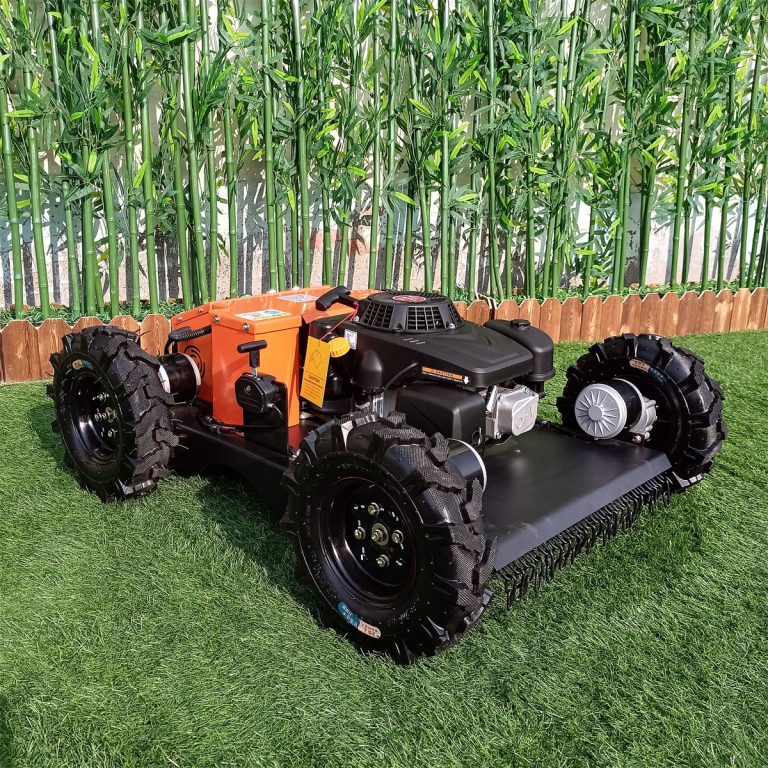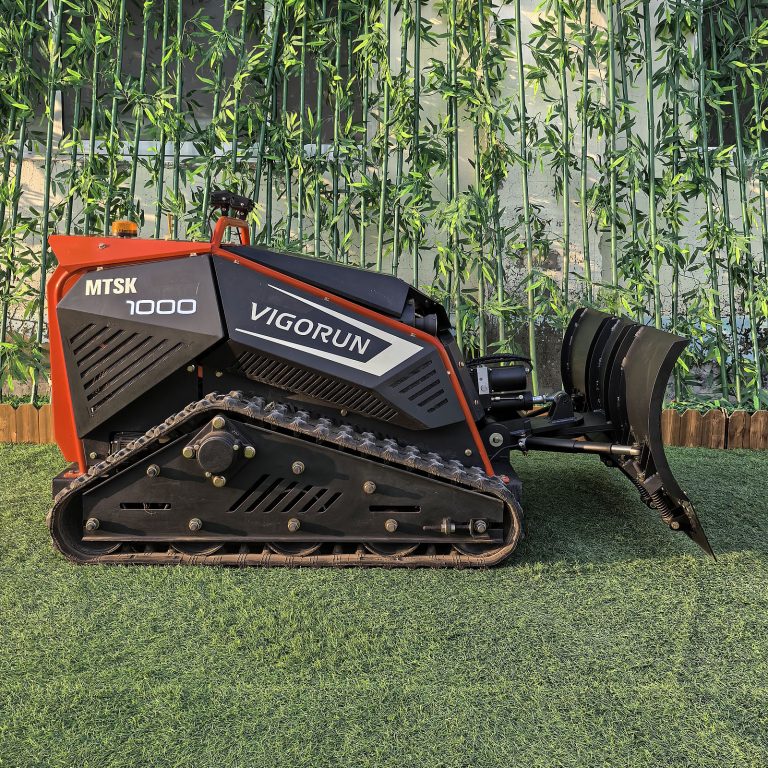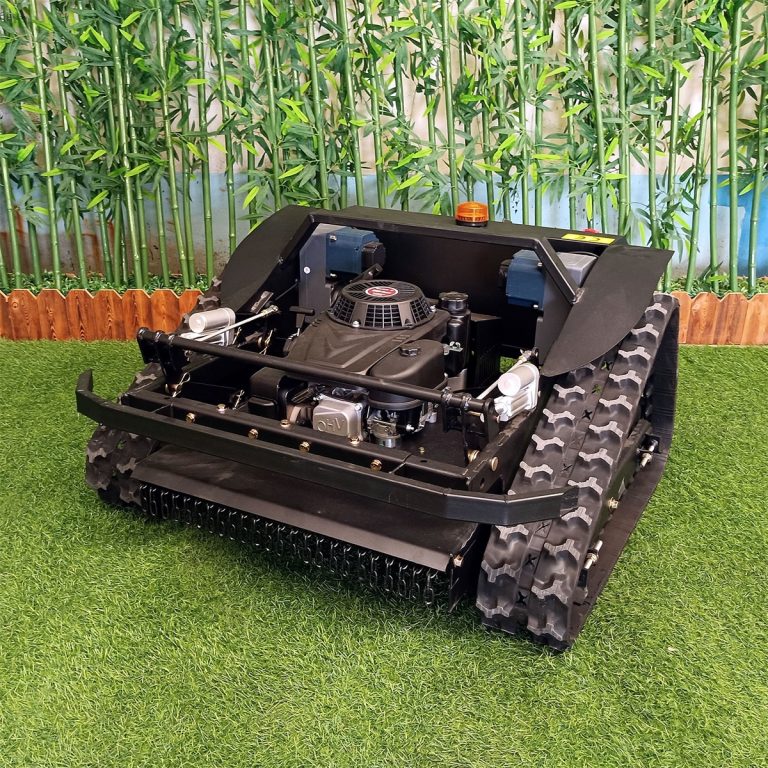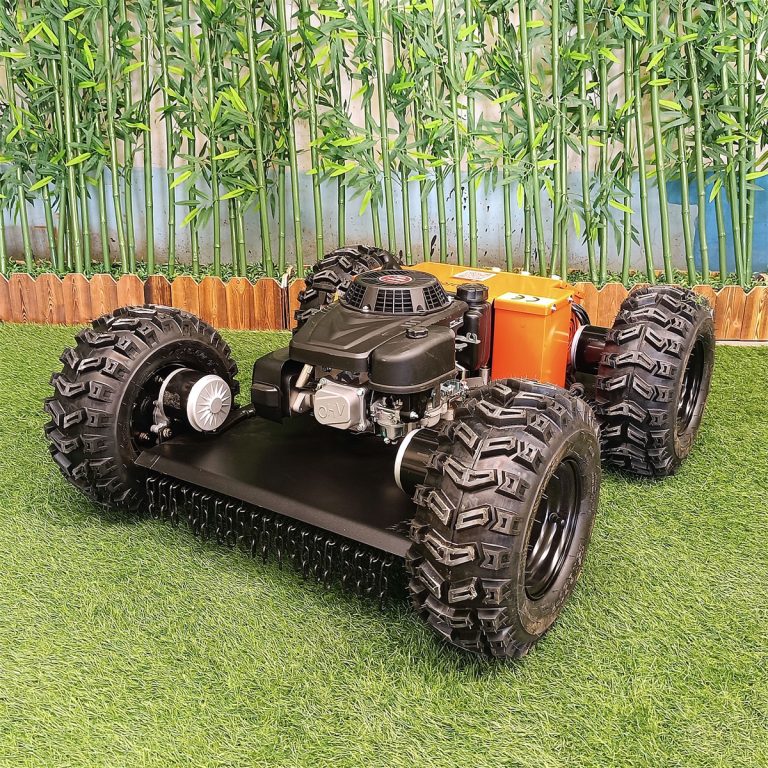Table of Contents
Features of the CE EPA Euro 5 Gasoline Engine Small Size Light Weight Versatile Wireless Flail Mulcher

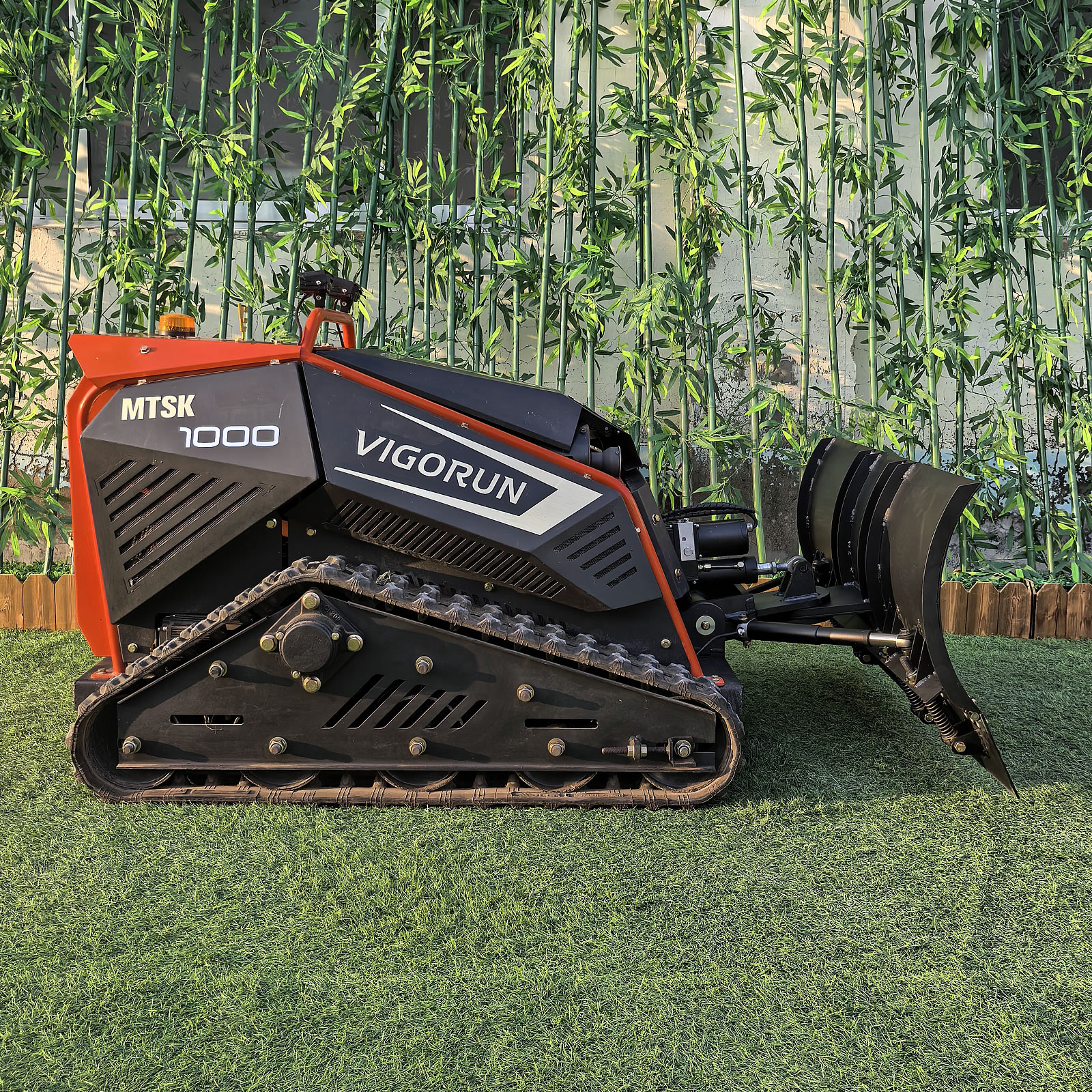 The CE EPA Euro 5 gasoline engine small size light weight versatile wireless flail mulcher is powered by a V-type twin-cylinder gasoline engine. This model, specifically the Loncin brand LC2V80FD, boasts a robust rated power of 18 kW at 3600 rpm. With a displacement of 764cc, this engine delivers impressive performance that ensures efficiency in various landscaping tasks.
The CE EPA Euro 5 gasoline engine small size light weight versatile wireless flail mulcher is powered by a V-type twin-cylinder gasoline engine. This model, specifically the Loncin brand LC2V80FD, boasts a robust rated power of 18 kW at 3600 rpm. With a displacement of 764cc, this engine delivers impressive performance that ensures efficiency in various landscaping tasks.
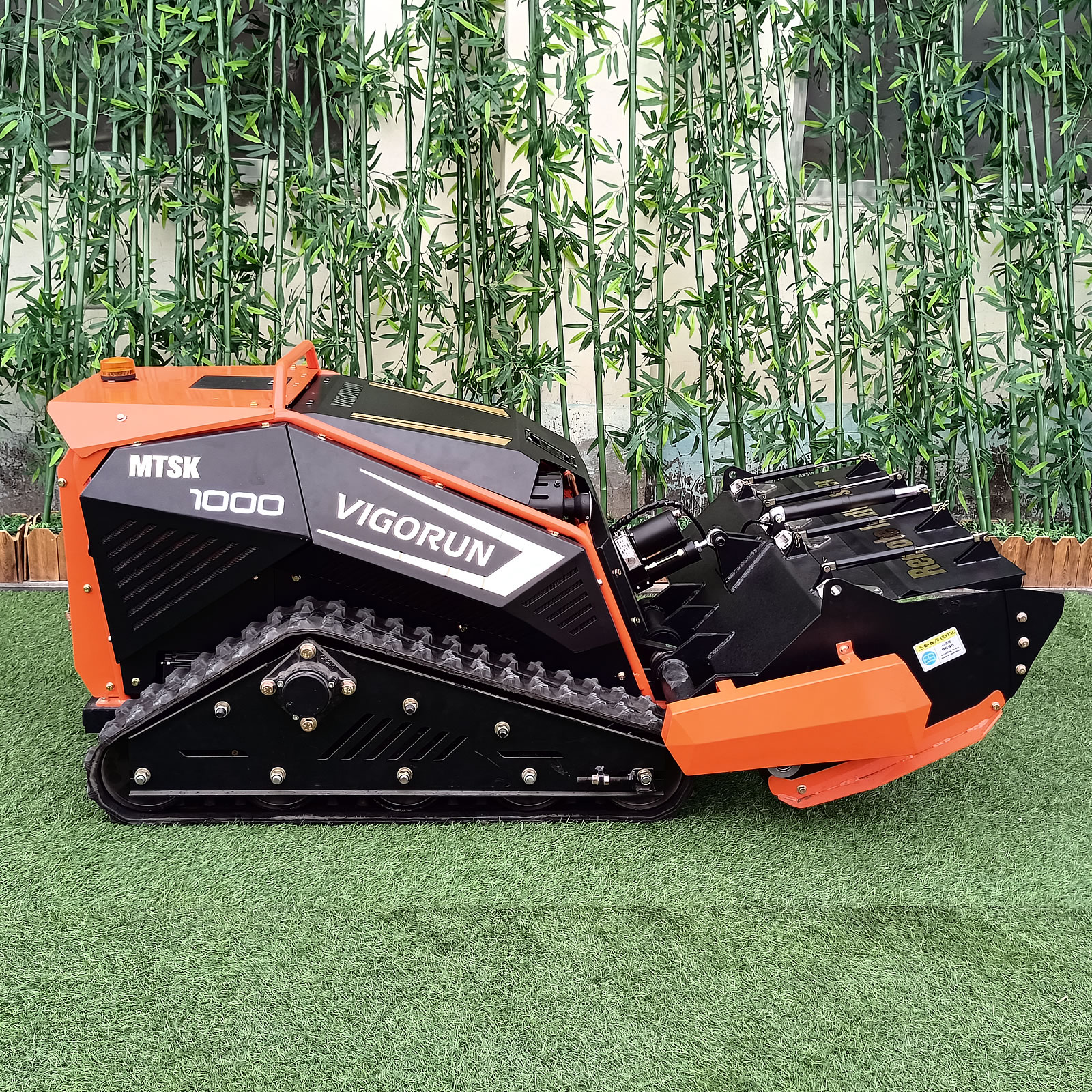 One of the standout features of this machine is its clutch system. The clutch engages only when the engine reaches a predetermined rotation speed, providing optimal control and preventing unnecessary wear on the components. This thoughtful design enhances the longevity of the machine while ensuring it operates smoothly during use.
Safety is a top priority with the CE EPA Euro 5 gasoline engine small size light weight versatile wireless flail mulcher. It incorporates a built-in self-locking function, which ensures the machine remains stationary unless both power is on and throttle is applied. This feature effectively prevents unintended movements, enhancing operational safety for the user.
One of the standout features of this machine is its clutch system. The clutch engages only when the engine reaches a predetermined rotation speed, providing optimal control and preventing unnecessary wear on the components. This thoughtful design enhances the longevity of the machine while ensuring it operates smoothly during use.
Safety is a top priority with the CE EPA Euro 5 gasoline engine small size light weight versatile wireless flail mulcher. It incorporates a built-in self-locking function, which ensures the machine remains stationary unless both power is on and throttle is applied. This feature effectively prevents unintended movements, enhancing operational safety for the user.
Versatility and Performance of the CE EPA Euro 5 Gasoline Engine Small Size Light Weight Versatile Wireless Flail Mulcher
The CE EPA Euro 5 gasoline engine small size light weight versatile wireless flail mulcher is designed for multi-functional use, making it an invaluable tool for various outdoor tasks. It can be fitted with interchangeable front attachments such as a 1000mm-wide flail mower, hammer flail, forest mulcher, angle snow plow, or snow brush. This versatility enables users to perform heavy-duty grass cutting, shrub clearing, vegetation management, and snow removal with ease.
 Another notable aspect is the intelligent servo controller integrated into the CE EPA Euro 5 gasoline engine small size light weight versatile wireless flail mulcher. This system precisely regulates motor speed and synchronizes the left and right tracks, enabling the mower to travel in a straight line with minimal adjustments from the operator. This innovation reduces the workload on the user and minimizes risks associated with overcorrection, especially on steep slopes.
Another notable aspect is the intelligent servo controller integrated into the CE EPA Euro 5 gasoline engine small size light weight versatile wireless flail mulcher. This system precisely regulates motor speed and synchronizes the left and right tracks, enabling the mower to travel in a straight line with minimal adjustments from the operator. This innovation reduces the workload on the user and minimizes risks associated with overcorrection, especially on steep slopes.
